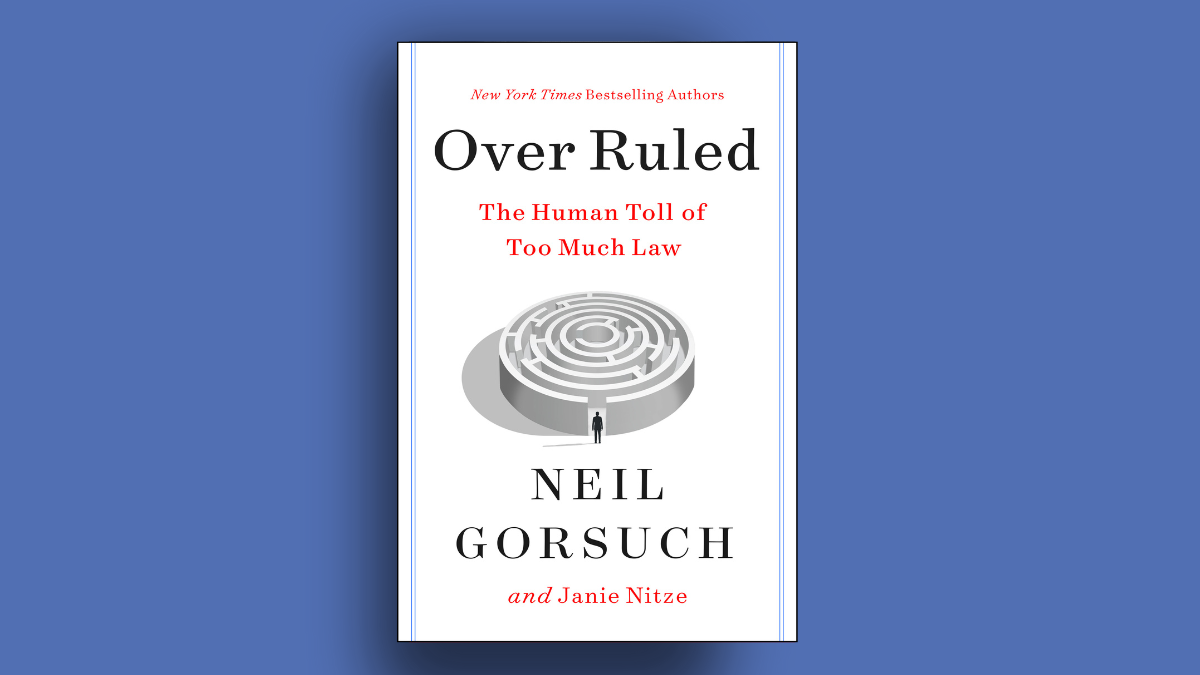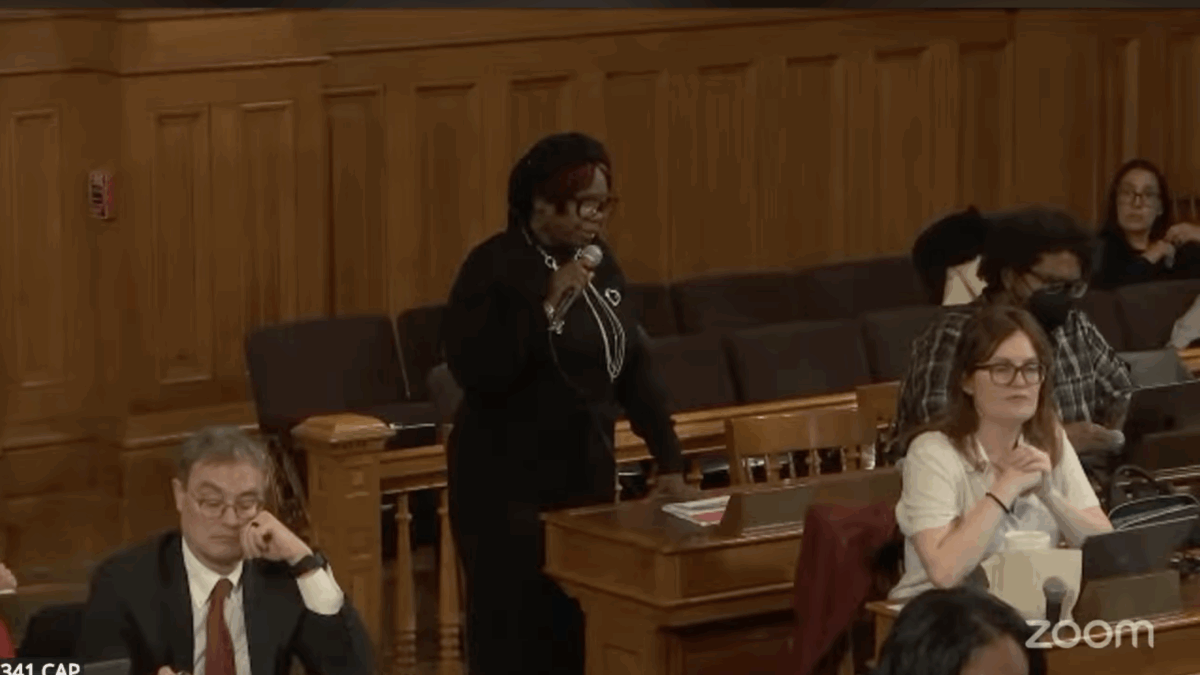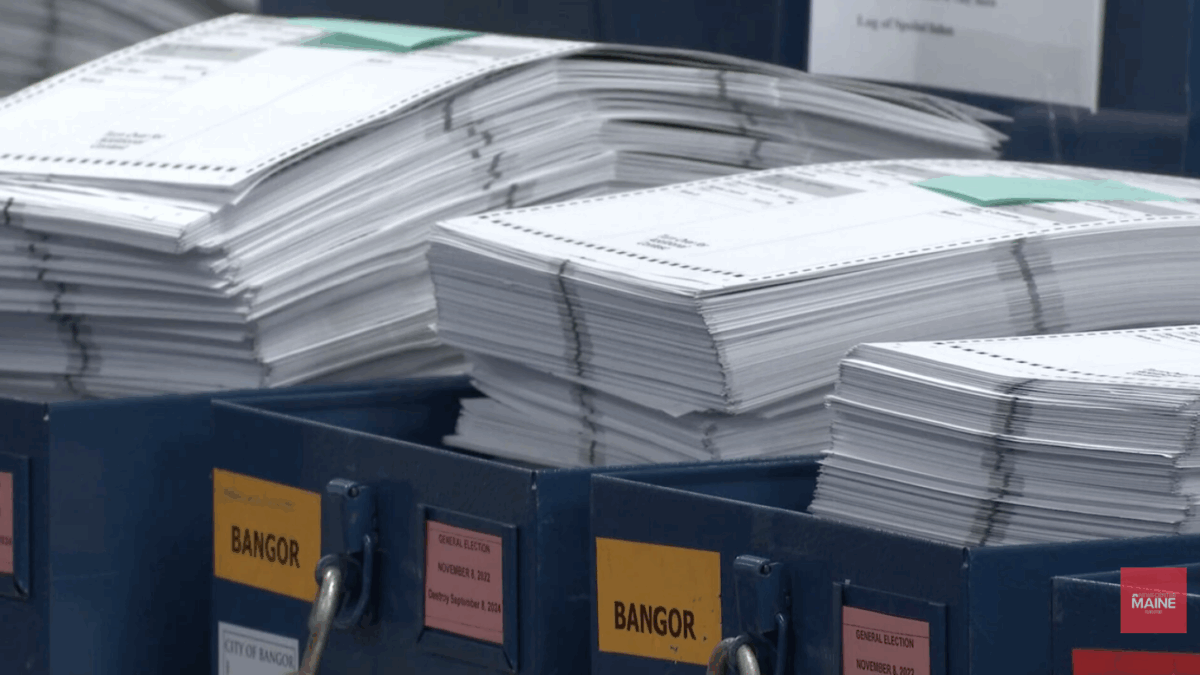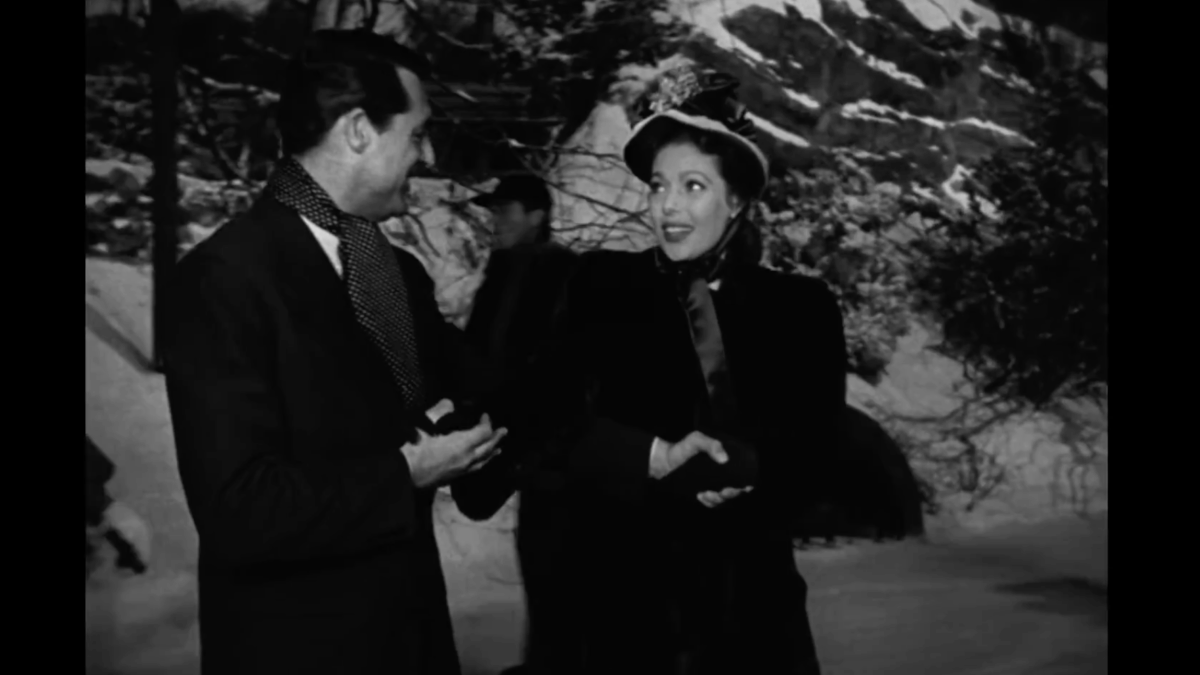Remember the “Schoolhouse Rock!” videos? There’s one with a cartoon figure of a bill sitting on the steps of Capitol Hill explaining how our federal legislative process works: the committee debates, the votes in the House of Representatives and the Senate, the need for the president’s signature or a veto override.
It’s a wonderful introduction to our system of government. But for all the video gets right, there’s an anomaly at its core. The video follows the progress of a long-languishing bill designed to require school buses to stop at railroad crossings. At last and with much pride, the bill finally succeeds in becoming a law. As it happens, though, we have no specific federal law like that. Instead, we have an agency rule, one issued by the Department of Transportation and buried deep within the Code of Federal Regulations, Title 49, Section 392.10, to be exact.
The truth about “Schoolhouse Rock!” illustrates another notable feature of our law today. Not only have the last few decades witnessed a shift in power from local to federal authorities, but even within Washington, a dramatic transfer of power has taken place from elected representatives to unelected agency officials. These days, federal agencies don’t just enforce the laws Congress writes; they also engage in activities that look a lot like legislating and judging. In important ways, all three of the powers Madison and the founders took care to separate have become commingled in agency hands.
Start with the agencies’ quasi-legislative powers. Today, executive officials regularly issue sweeping rules like those Marty Hahne and the museum encountered. Some, of course, are the result of directives straight from the top; President George W. Bush’s administration implemented limits on federal funding for human embryonic stem cell research, while President Barack Obama’s administration issued the Deferred Action for Childhood Arrivals policy that reshaped immigration enforcement priorities. Both policies made front-page news. But the vast majority of executive branch decisions are not like that. They may be deeply consequential for thousands or millions of people, but they do not attract the kind of public attention that might sway elections. Just ask Marty.
Increasingly, too, these rules are produced without effective presidential oversight. As Judge Neomi Rao, who once headed the Office of Information and Regulatory Affairs, has explained, “a single bureaucrat can at times exercise an authority that exceeds that of a member of Congress. Meaningful burdens can be imposed by regulations that do not reach the threshold for [this Office’s] review or even consideration by an agency head or other political official.”
A report by the Pacific Legal Foundation found that 71 percent of the nearly 3,000 rules issued by the Department of Health and Human Services between 2001 and 2017 were issued by lower-level officials rather than Senate-confirmed agency leaders; at the Food and Drug Administration the figure was 98 percent. Hundreds of those regulations were deemed “significant” by the Office of Management and Budget and according to Senate testimony by one of the report’s authors, “the FDA’s own estimates found that the 23 most economically significant rules issued by non-Senate-confirmed employees have had a combined cost of $17.7 billion.”
The sheer scale of agency output is staggering. Remember all those laws that Congress passed in the 1960s and 1970s? Many of them authorized the creation of powerful new federal agencies with vast new powers; federal regulatory output has exploded ever since. Take one recent year by way of illustration. In 2015, Congress adopted about one hundred laws. The same year, federal agencies issued 3,378 final rules and published another 2,334 proposed rules.
Today, forest rangers operate with thick books of rules. Makers of ketchup, peanut butter, vodka — you name it — contend with rules that regulate down to the smallest detail. Ketchup must have a pH of 4.2 +/− 0.2 at certain stages of its formulation, and peanut butter may not have a fat content that exceeds 55 percent. Even the way the fat content is measured is closely regulated — it must be measured according to the rules “prescribed in Official Methods of Analysis of the Association of Official Analytical Chemists, 13th Ed. (1980).” But good news for vodka aficionados; officials recently amended rules that once required vodka to be “without distinctive character, aroma, taste, or color.”
You might ask how we got so recently and so quickly to a point where unelected bureaucrats can make so many legally binding rules covering so many aspects of our lives. Well, the story’s complicated. Small pieces of it fill long books, and we cannot begin to capture it all. But even a quick glimpse back tells quite a tale.
Not long after the Constitution’s ratification, Congress took up a debate about the new nation’s postal system. Around 75 post offices and 2,400 miles of postal roads already existed — and in a nod to the new nation’s view of the importance of the affair, Benjamin Franklin had been named the country’s first postmaster general. One of the questions Congress faced concerned where to site a number of new postal routes. Should the route from Taunton to Newport go through Warren and Bristol or some other towns? How about the route from Baltimore to Hagerstown? One congressman, Massachusetts’s Theodore Sedgwick, found the whole affair silly. Why not, he proposed, simply appropriate funds for roads “by such route as the President of the United States shall, from time to time, Cause to be established?”
You might think that an eminently sensible solution. But some congressmen, including Madison, no less, protested that the proposal would improperly delegate legislative power to the executive branch. One insisted that the Constitution required the government to be “administered by Representatives, of the people’s choice; so that every man, who has the right of voting, shall be in some measure concerned in making every law for the United States.” Another observed sarcastically that, if the proposal succeeded, he would advance another that would “save a deal of time and money,” for “if this House can . . . leave the business of the post office to the President, it may leave to him any other business of legislation; and I may move to adjourn and leave all the objects of legislation to his sole consideration and direction.” In the end, the Postal Act of 1792 gave the postmaster discretion on many fronts, but it also contained a long and dreary recitation of postal routes.
Today, the postal route debate seems a world away. Few think the Constitution requires Congress to decide details like that. Surely, too, our agencies have much to offer when it comes to advising Congress about making new laws and administering old ones. But the episode does offer some sense of how far we have traveled from the debates of Madison’s day to our own. In Article I of our Constitution, the people vested “All” federal “legislative Powers . . . in a Congress.” A few decades after the postal route debate, Chief Justice John Marshall wrote for the Supreme Court that this assignment means “important subjects” must be “entirely regulated by the legislature itself,” while Congress may leave “details” (like postal routes) for other officials “to fill up.” For years, the Supreme Court described the principle that Congress “cannot delegate legislative power” to executive branch officials as “vital to the integrity and maintenance of the system of government ordained by the Constitution.”
But it has been decades since our courts have done much to enforce that rule. And perhaps thanks in part to that omission, the pendulum has swung toward far-reaching delegations of legislative authority to agency officials. These days, Congress sometimes leaves agencies to write legally binding rules with little more guidance than “go forth and do good.” Laws tell agencies to regulate as “the public interest, convenience, or necessity” requires; others task them with setting “fair and equitable” prices; still others authorize agencies to determine “just and reasonable rate[s].” One law that made its way to the Supreme Court recently even leaves the nation’s chief prosecutor more or less free to decide for himself what kind of criminally enforceable registration requirements should apply to about half a million people. Thanks to broad delegations like these, agencies can write, change, and change again rules affecting millions of Americans — all without any input from Congress.
While he was an early advocate for administrative power, Justice William O. Douglas explained that later in life he came to “realize[] that Congress defaulted when it left it up to an agency to do what the ‘public interest’ indicated should be done. ‘Public interest’ is too vague a standard to be left to free-wheeling administrators. They should be more closely confined to specific ends or goals.” But that wish, too, seems now a world away. If laws governing major facets of our society were once largely the work of elected representatives and the product of democratic compromises, nowadays they often represent only the current thinking of relatively insulated agency officials in a distant city. It’s a result that, as Justice William J. Brennan, Jr., once observed, can pose a quandary: “Whereas the colonists challenged the king, today’s citizens may find it impossible to know exactly who is responsible.”
Excerpted from Over Ruled by Neil Gorsuch and Janie Nitze. Copyright 2024 by Neil Gorsuch. Published with permission from Harper Books and HarperCollins Publishers.









